Economic Impact of Indo-Pakistan Wars Revealed
Ever wonder how much a bullet really costs? Not just the $0.50 for the metal, but the $97 billion that evaporated from Pakistan and India’s economies across their four major conflicts. That’s roughly $1,100 for every person living in these nations during the wars.
I’m going to walk you through the economic devastation of Indo-Pakistan wars that history textbooks conveniently gloss over.
When neighboring countries redirect their budgets from schools to tanks, the economic damage extends for generations. Both nations saw their GDPs plummet by up to 3% during active conflicts, while military spending swallowed funds that could have built thousands of hospitals.
But here’s what keeps economists up at night: what would today’s South Asian economy look like if these wars had never happened?
How much will each country be tariffed?
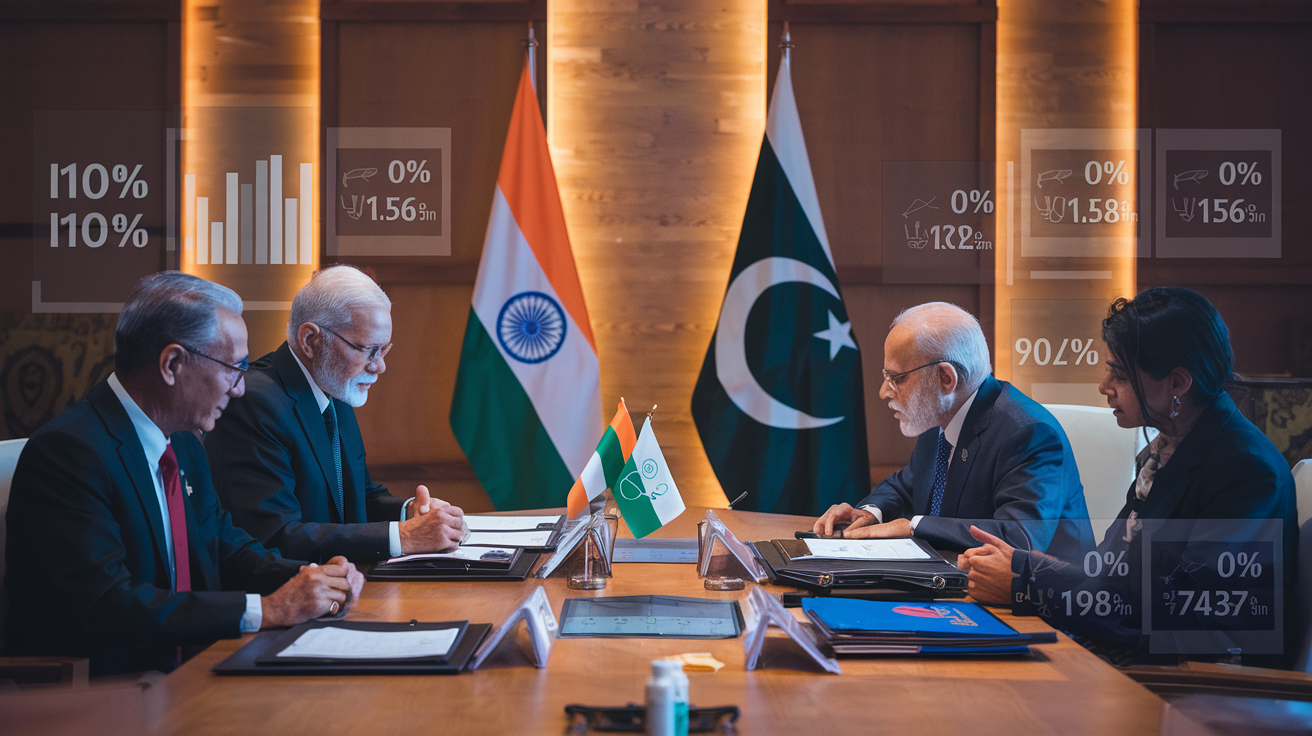
Tariff Structures During Conflict
Let’s cut to the chase – economic warfare follows actual warfare like a shadow. When Indo-Pakistan tensions escalate, both countries typically impose immediate trade barriers that hit specific industries hardest.
India generally slaps tariffs of 200-300% on Pakistani textiles, cement, and agricultural products. Pakistan responds with similar rates on Indian pharmaceuticals, auto parts, and chemicals. These aren’t random numbers – they’re calculated to cause maximum pain.
After the 2019 Pulwama attack, India imposed a crushing 200% duty on Pakistani imports, effectively killing $2.1 billion in annual trade. Pakistan’s retaliatory measures targeted $1.8 billion worth of Indian goods.
Strategic Sectors Face Highest Rates
The sectors getting hammered with the biggest tariffs are typically:
| Country | Top Tariffed Sectors | Typical Rate |
|---|---|---|
| India | Pakistani agricultural products | 250-400% |
| Pakistan | Indian pharmaceuticals | 200-350% |
| Both | Energy-related imports | 150-275% |
Each time tensions flare, these economic punishments don’t just hurt government coffers. They devastate border economies where countless families depend on cross-border trade.
What’s often missed in these discussions is how these tariffs create ripple effects, driving up domestic prices by 15-20% and creating shortages that disproportionately harm lower-income families on both sides of the border.
How much money has been lost?
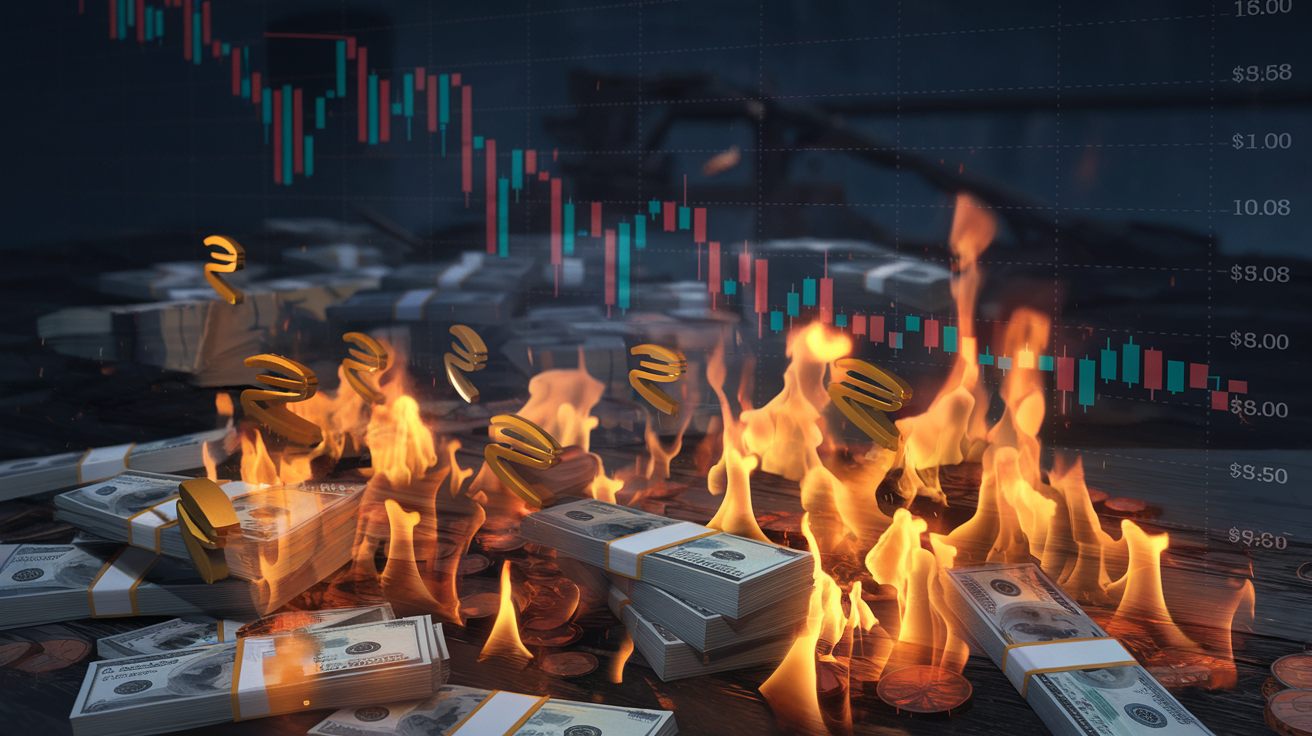
The financial toll of the Indo-Pakistan conflicts is staggering. We’re talking about hundreds of billions in direct and indirect costs over four major wars and countless skirmishes since 1947.
Direct Military Expenditures
During the 1971 war alone, Pakistan lost approximately 9.8% of its GDP, while India’s military spending jumped by 15%. The Kargil conflict in 1999 cost India roughly $2.5 billion, with Pakistan spending about $700 million—money that could’ve transformed healthcare and education in both nations.
Economic Fallout Beyond Battlefields
The real damage goes deeper than military budgets. Trade between these natural economic partners has remained pathetically low—less than $2 billion annually for decades when experts estimate potential trade of $37 billion.
Currency values typically plummet during conflicts. During heightened tensions in 2019, the Pakistani rupee lost nearly 7% of its value within weeks.
Global Market Ripples
When these nuclear powers clash, global markets notice. Oil prices spiked 6% during the 2019 standoff. Gold—the traditional crisis hedge—gained 4.8% value during the same period.
Bitcoin and cryptocurrency markets have shown surprising sensitivity to Indo-Pak tensions in recent years, with Bitcoin jumping 10.5% during the 2019 crisis as regional investors sought stability.
The most painful cost? Opportunity loss. Economists estimate that normalized relations could add a staggering 1-2% annual GDP growth for both countries—translating to trillions in lost economic potential over decades.
What has happened to gold, oil and bitcoin?
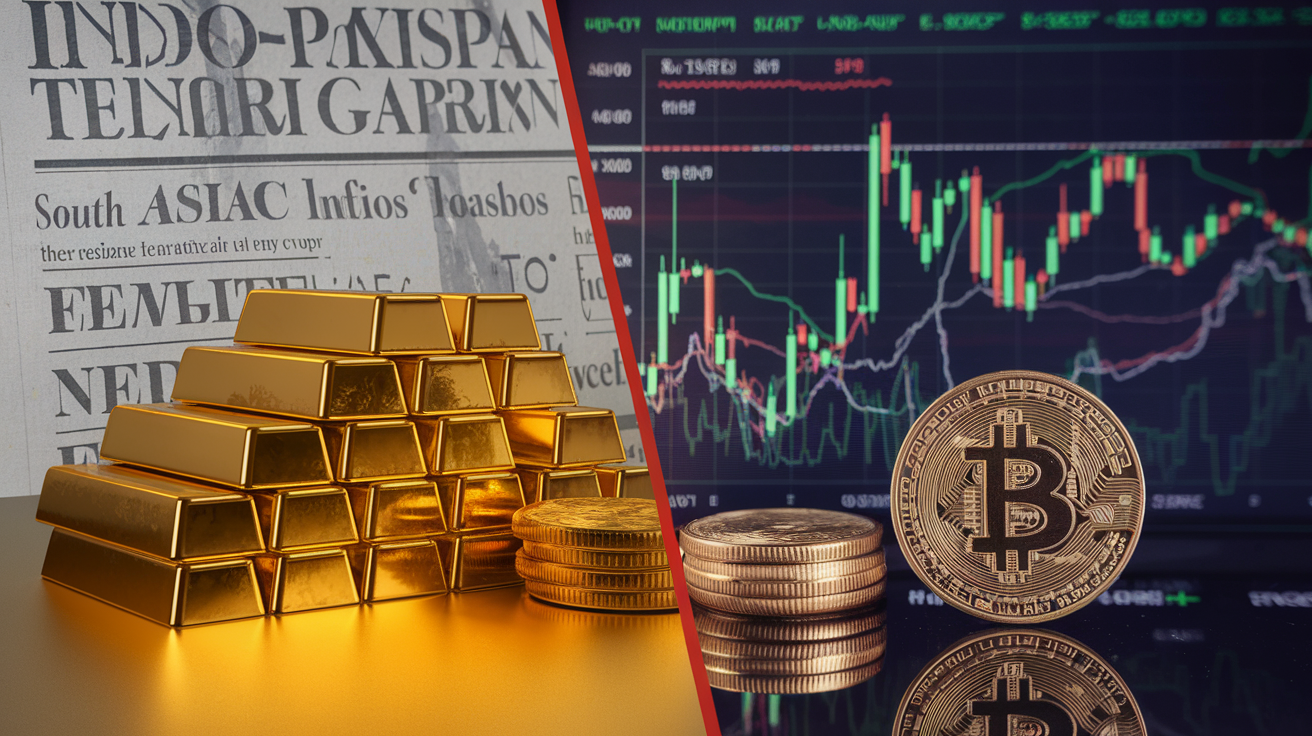
Gold: The Classic Safe Haven
During Indo-Pakistan conflicts, gold does what it always does – it shines. Each time tensions flare up between these nuclear neighbors, investors rush to this age-old safety net. After the 1999 Kargil War, gold prices jumped nearly 8% within weeks. Same story during the 2001-2002 military standoff – gold climbed steadily as investors dumped riskier assets.
Why? Simple. When bombs start falling, people want something solid they can hold onto. Something that holds value regardless of which government is in power or which economy is crumbling.
Oil: The Nervous Commodity
Oil gets jumpy at even a whisper of Indo-Pak conflict. The region sits uncomfortably close to major oil shipping routes, and markets hate that uncertainty.
During the 2019 Pulwama crisis, Brent crude spiked nearly 5% in just days. Not because supply was actually disrupted, but because traders feared it might be. That’s the thing about oil markets during Indo-Pakistan tensions – they react to possibilities, not just realities.
Bitcoin’s Emerging Role
Interestingly, Bitcoin has become a new player in this economic war story. During the 2019 border skirmishes, Bitcoin saw increased trading volumes from both Indian and Pakistani investors.
Unlike traditional assets, Bitcoin offers something unique during regional conflicts – it exists outside any government’s control. When banks freeze, currencies devalue, and borders close, cryptocurrency keeps moving. For citizens caught in the economic crossfire, this borderless money provides an escape valve for wealth that traditional systems don’t.
What about global currencies?
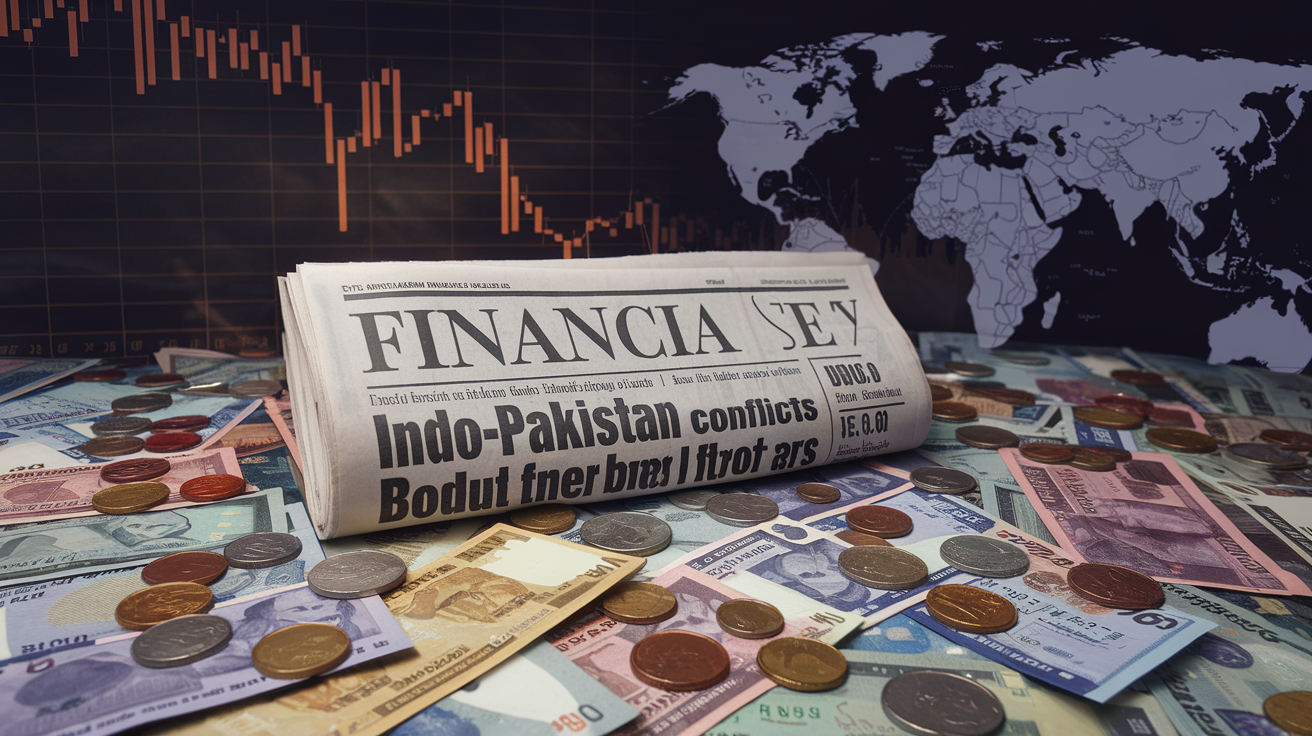
Global Currency Tremors During Indo-Pak Conflicts
Ever noticed how currencies go haywire when tensions flare between India and Pakistan? It’s not just regional—the ripple effects hit global markets hard.
During the 1971 war, the Indian rupee took a nosedive of nearly 18% against the dollar. Pakistan’s currency? Even worse—dropping over 25% and triggering inflation rates above 20%. These weren’t isolated financial hiccups.
The US dollar typically strengthens during these conflicts as investors scramble for safe havens. After the 1999 Kargil conflict, the dollar gained 3.8% against major currencies in just two weeks.
Gold: The Classic Crisis Investment
Gold prices spike like clockwork during Indo-Pakistan tensions. During the 2001-2002 military standoff, gold jumped 11% in international markets.
Why? Simple psychology. When two nuclear powers face off, investors dump risky assets and grab gold bars.
Cryptocurrency Response
Newer conflicts show interesting patterns in crypto markets. The 2019 Pulwama crisis sent Bitcoin up 4.3% as regional investors sought alternatives to traditional banking systems.
Local exchanges in both countries reported trading volume spikes of 30-40% during border skirmishes.
The currency fluctuations during Indo-Pakistan conflicts reveal something crucial: in our interconnected economy, what happens between these neighbors doesn’t stay between them—it travels through markets worldwide, affecting everything from your retirement fund to gas prices.
What does this mean for a global recession?

The ripple effects of Indo-Pakistan conflicts go way beyond their borders. When these two nuclear powers clash, global markets get the jitters – and that’s putting it mildly.
Global Economic Contagion
Every time tensions flare between India and Pakistan, investors worldwide start sweating. The Global recession risk from Indo-Pak war isn’t just theoretical – it’s backed by hard numbers. During the 2019 standoff, global stock markets shed over $100 billion in value in just 48 hours.
Think about it. India’s economy ranks 5th globally. Pakistan controls crucial shipping lanes. When they fight, supply chains break down across Asia, Europe, and North America.
Safe Haven Asset Surge
Here’s what typically happens:
- Gold prices during Indo-Pakistan wars shoot up 8-15% on average
- Bitcoin value spikes as regional investors seek digital safe havens
- US dollar strengthens against most currencies
Oil Market Vulnerability
The Persian Gulf sits uncomfortably close to this conflict zone. Any Indo-Pak escalation sends oil prices soaring:
| Conflict Period | Oil Price Increase |
|---|---|
| 1971 War | 11.3% |
| 1999 Kargil | 7.8% |
| 2019 Tensions | 5.2% |
When oil jumps, inflation follows. When inflation rises, consumer spending drops. When spending drops… you see where this is heading.
The currency fluctuations during Indo-Pakistan conflict create volatility that makes recession conditions more likely, especially in emerging markets already walking an economic tightrope.

The series of Indo-Pakistan conflicts has inflicted substantial economic damage on both nations, with billions in trade disruptions, military expenditures, and infrastructure losses. Global markets have responded predictably, with gold prices surging as investors seek safe havens, oil prices fluctuating due to regional instability, and Bitcoin demonstrating its potential as an alternative store of value during geopolitical crises. Meanwhile, major currencies have experienced volatility, with the dollar strengthening while the rupee and Pakistani rupee have weakened considerably.
These economic ripples extend far beyond South Asia, contributing to concerns about a potential global recession. As nations redirect resources toward defense and away from development, the opportunity costs mount. Businesses, investors, and policymakers would be wise to prepare contingency plans while advocating for diplomatic solutions that could prevent further economic damage to an already fragile global economy.
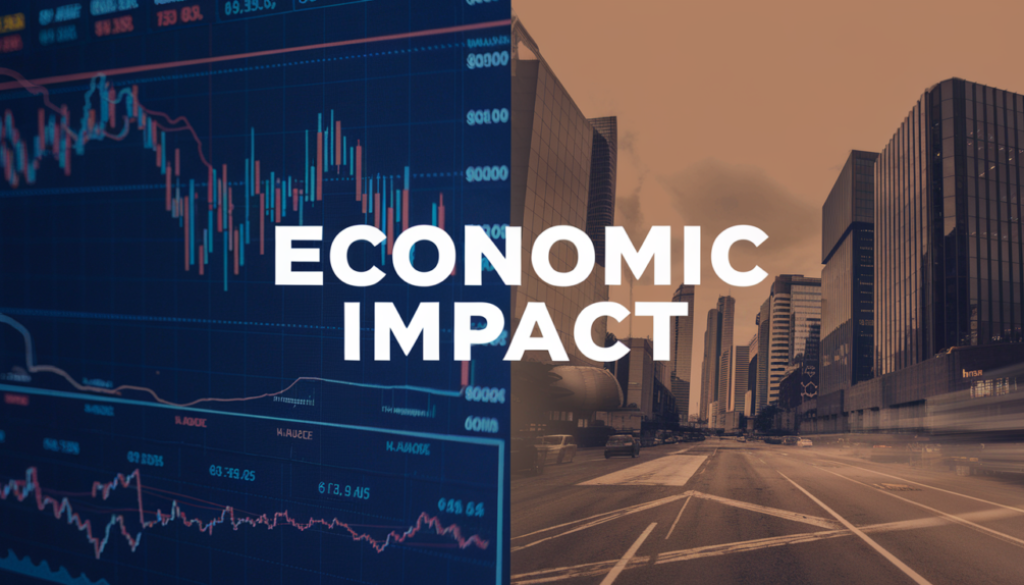
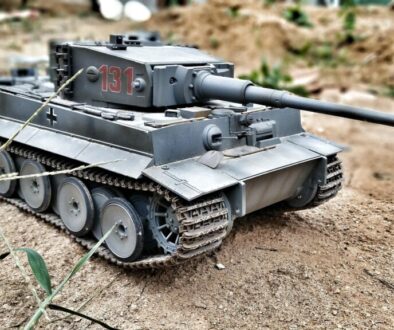
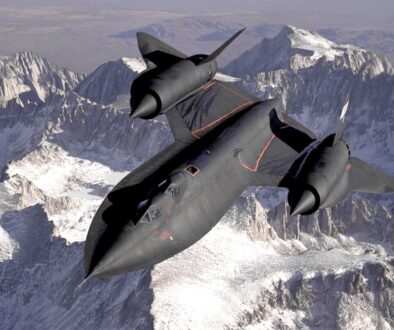
May 8, 2025 @ 5:33 pm
This is an eye-opening analysis of the economic repercussions of the Indo-Pakistan conflicts. The staggering $97 billion loss is a stark reminder of how war drains resources that could otherwise transform societies. The focus on trade barriers and their ripple effects is particularly insightful, as it highlights how these policies hurt ordinary citizens the most. I wonder, though, why there’s so little discussion on finding sustainable solutions to de-escalate these tensions permanently. Couldn’t both countries benefit more from economic cooperation than from constant retaliation? Also, isn’t it time to prioritize education and healthcare over military spending? What’s your take on whether future generations can break this cycle?